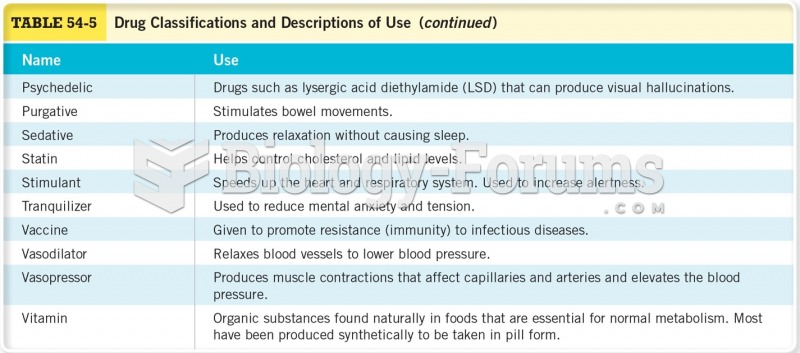Answer to Question 1
Correct Answer: 4
Rationale 1: Morphine sulfate is not affected by food or milk.
Rationale 2: Pain management works best when clients take medication to prevent pain or at the first sign of pain. They should not wait until the pain is very bad before taking the medication.
Rationale 3: Clients just need to be careful when standing; they do not have to have someone nearby when using the toilet. This might be impractical for many clients.
Rationale 4: Morphine sulfate can cause hypotensive effects. Clients should take care when changing positions to avoid dizziness or fainting.
Global Rationale: Morphine sulfate can cause hypotensive effects. Clients should take care when changing positions to avoid dizziness or fainting. Morphine sulfate is not affected by food or milk. Pain management works best when clients take medication to prevent pain or at the first sign of pain. They should not wait until the pain is very bad before taking the medication. Clients just need to be careful when standing; they do not have to have someone nearby when using the toilet. This might be impractical for many clients.
Answer to Question 2
Correct Answer: 3
Rationale 1: Tramadol is safe for young adults and orthopedic fractures.
Rationale 2: Tramadol does not affect urinary output, and can be used safely in clients with prostate cancer.
Rationale 3: Tramadol can cause respiratory depression; it should be used cautiously in clients with COPD.
Rationale 4: Tramadol does not raise blood pressure, and can be used in clients with hypertension.
Global Rationale: Tramadol can cause respiratory depression; it should be used cautiously in clients with COPD. Tramadol is safe for young adults and orthopedic fractures. Tramadol does not affect urinary output, and can be used safely in clients with prostate cancer. Tramadol does not raise blood pressure, and can be used in clients with hypertension.







